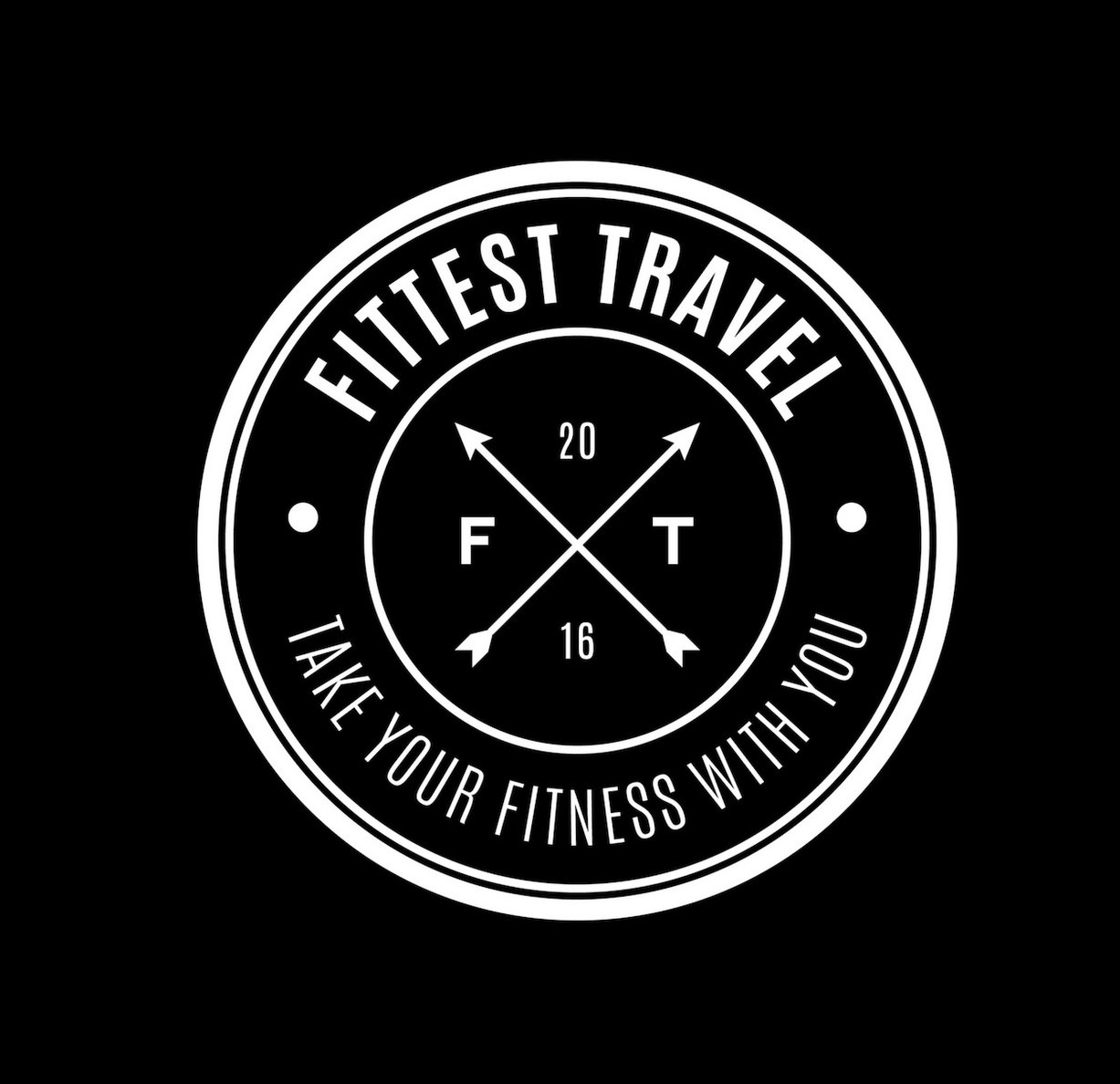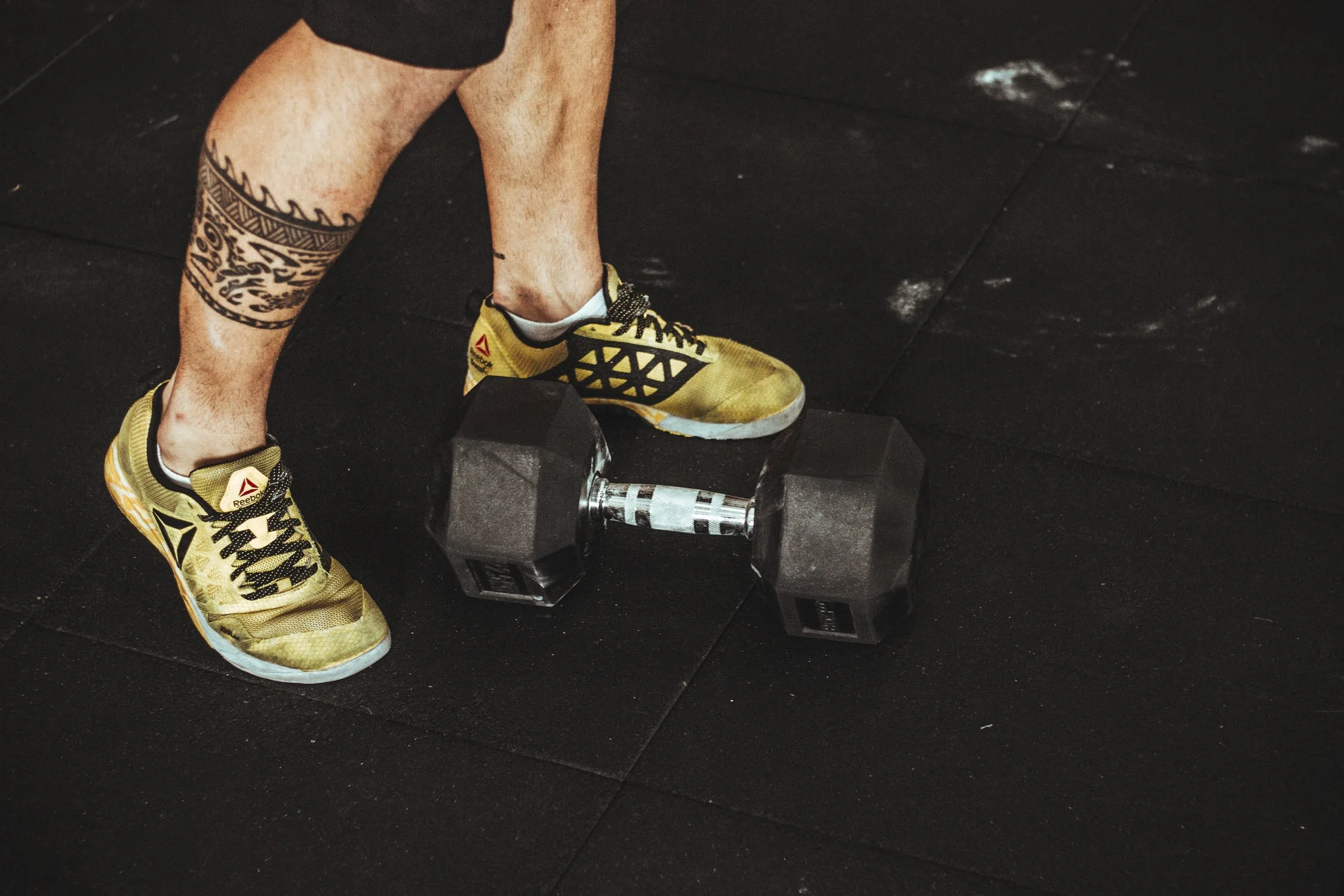The Rules and Benefits of Intermittent Fasting
Intermittent fasting is more than just skipping breakfast or a fad diet.
I often get asked what my preferred nutrition strategy is for losing weight and, for the last five years, I’ve never hesitated to respond with intermittent fasting. It’s my go-to for the months of April through July.
As summer approaches, dropping the body fat I gained during the winter months is my priority and intermittent fasting has never failed me.
What is Intermittent Fasting?
Intermittent fasting (IF) is a term for an eating pattern that cycles between periods of fasting and eating.
For example, you already intermittently fast between your last meal at night and your first one the next day. The time between those meals is your fasting period. Now consider extending that window to make it more effective for fat burning.
If you skip breakfast and maybe even lunch the next day, you can now extend your fat-burning window to 16 or even 24 hours. This length of time is considered optimal for intermittent fasting.
The Rules of Intermittent Fasting
The first thing we need to talk about is what does and doesn’t break a fast. You might not like the short answer: taking in any calories will technically break your fast.
But there is some grey area here. Food is out, for sure, but drinking a cup of black coffee or tea (with nothing added) is only around 5 calories and likely does not break your fast. Plus, caffeine tends to help alleviate your hunger a bit.
So the bottom line here is to stay as close to zero calories as possible during your fasting period.
16/8 Fasting
This is simply time-restricted eating. Fast for up to sixteen hours and only eat during an eight-hour window.
The most common way people do this is by not eating anything after dinner at night and either skipping breakfast or pushing it back until lunchtime.
Fast for 16 hours and eat only in an 8-hour window.
Eat-Stop-Eat
One or two days a week you fast all day. You eat nothing on those days. It's a 24 hour fast.
One way to do this is to go from dinner to dinner. You can eat as you normally would on the other five or six days.
5:2 Diet
You eat normally for five days a week. For the remaining two days, you should restrict your caloric intake to between 500–600 calories daily.
The Warrior Diet
The Warrior Diet might be the most strict form of intermittent fasting. Little to no research currently exists on its effectiveness and it may lead to nutrient deficiencies in highly active people.
You’re fasting for 20 hours and eating in a 4-hour window, during which you’ll be consuming 85–90% of your calories.
This would be around 1,800 calories in one sitting for someone on a typical 2,000-calorie weight-management plan, or up to 2,700 calories in one sitting for an active person who needs 3,000 calories per day.
The Benefits of Intermittent Fasting
When we don’t eat, our insulin levels go down, and fat cells release stored sugar to be used as energy, which helps with fat loss. This process is enhanced by following a keto diet and intermittent fasting.
The benefits of intermittent fasting go far beyond just fat loss. Many intermittent fasters report improved mental clarity at work due to stable blood sugar levels without spikes and crashes.
A keto diet and intermittent fasting may also play a role in cancer prevention, as some common cancers thrive in high-sugar environments and could be deprived of glycogen with this approach.
By depriving cancer cells of this glycogen, some doctors and scientists believe that a fasted or ketogenic state could be more effective at preventing or fighting cancer than any alternative currently available.
Ketosis - the act of shifting the body's primary fuel source from glucose to ketones (or fat). Ketosis helps with fat-burning and fueling metabolism.
Autophagy - the body’s way of cleaning out damaged cells, in order to regenerate newer, healthier cells.
Getting Started with Intermittent Fasting
When you first start fasting, you may feel some discomfort. You’ll be a little hungry. This is normal. And, you'll find that the longer you fast, you won’t get as hungry as often. Fasting will become much easier.
Start small. Since you hopefully sleep for seven to eight hours a night, you're already intermittently fasting.
Focus on extending that fasting time before you go to bed and after you wake up and do it in small increments. Maybe an hour at a time on each end.
Here's what that might look like.
Let's say you typically go to bed around 11 p.m. and wake up at 7 a.m. You can start the intermittent fasting protocol by initially not eating anything after 10 p.m. and not eating breakfast until after 8 a.m.
By just adding an hour on each end, you're now fasting for ten hours and eating in a fourteen-hour window.
Do that for a week or two. See how your body adjusts and pay attention to how you feel physically and mentally. The chances are good that you're going to find this to be easier than you initially thought.
The next step is to extend it an hour on each end again. So now you're not eating after 9 p.m. and not eating breakfast until after 9 a.m. You're now at 50/50, meaning you're fasting for twelve hours and only eating in a twelve-hour window.
If you want to keep extending your fasting period then keep going. The 16/8 strategy is a great goal to have and one of the most common protocols that intermittent fasters follow.
Helpful Tip - Drink plenty of water and sip black coffee or tea (no cream or sugar) to help suppress your appetite.
Bottom Line
There is no one-size-fits-all approach to eating for fat loss. Intermittent fasting should be viewed as a change in lifestyle rather than just a diet. You're not counting calories or macro-nutrients.
Ease yourself into it and remember to always listen to your body. If you have any health concerns, talk to your doctor before starting.








